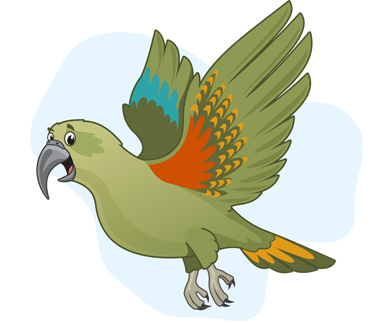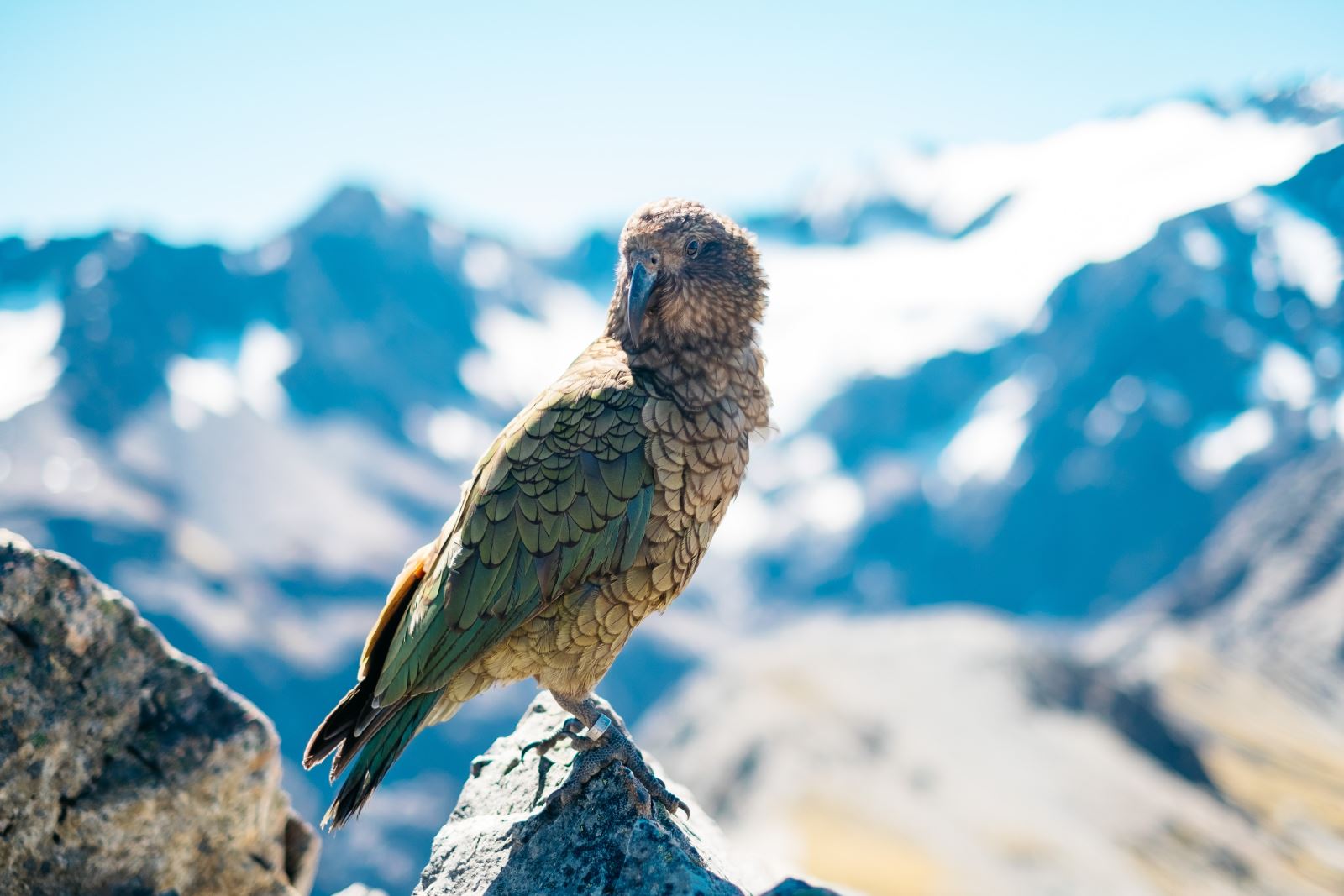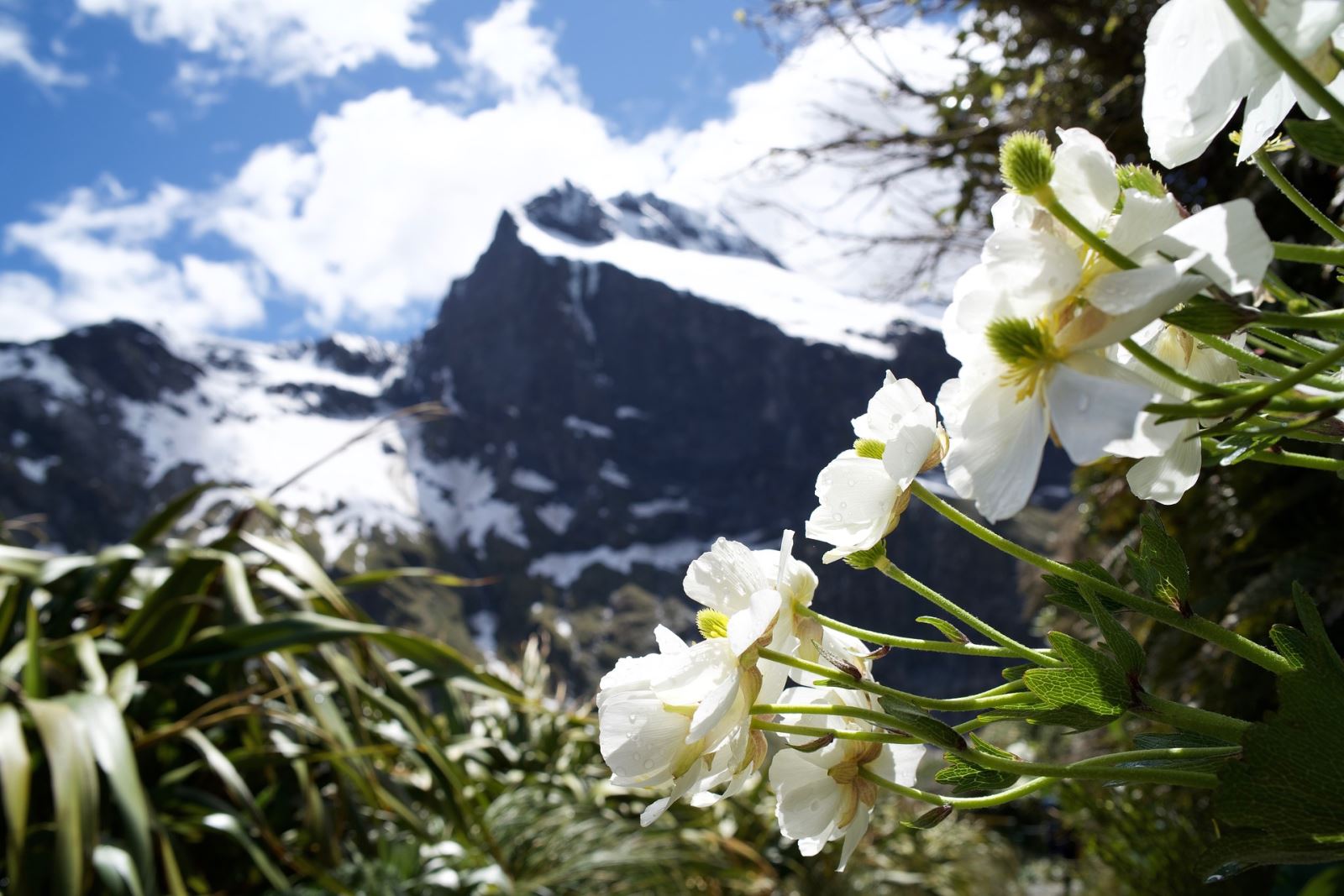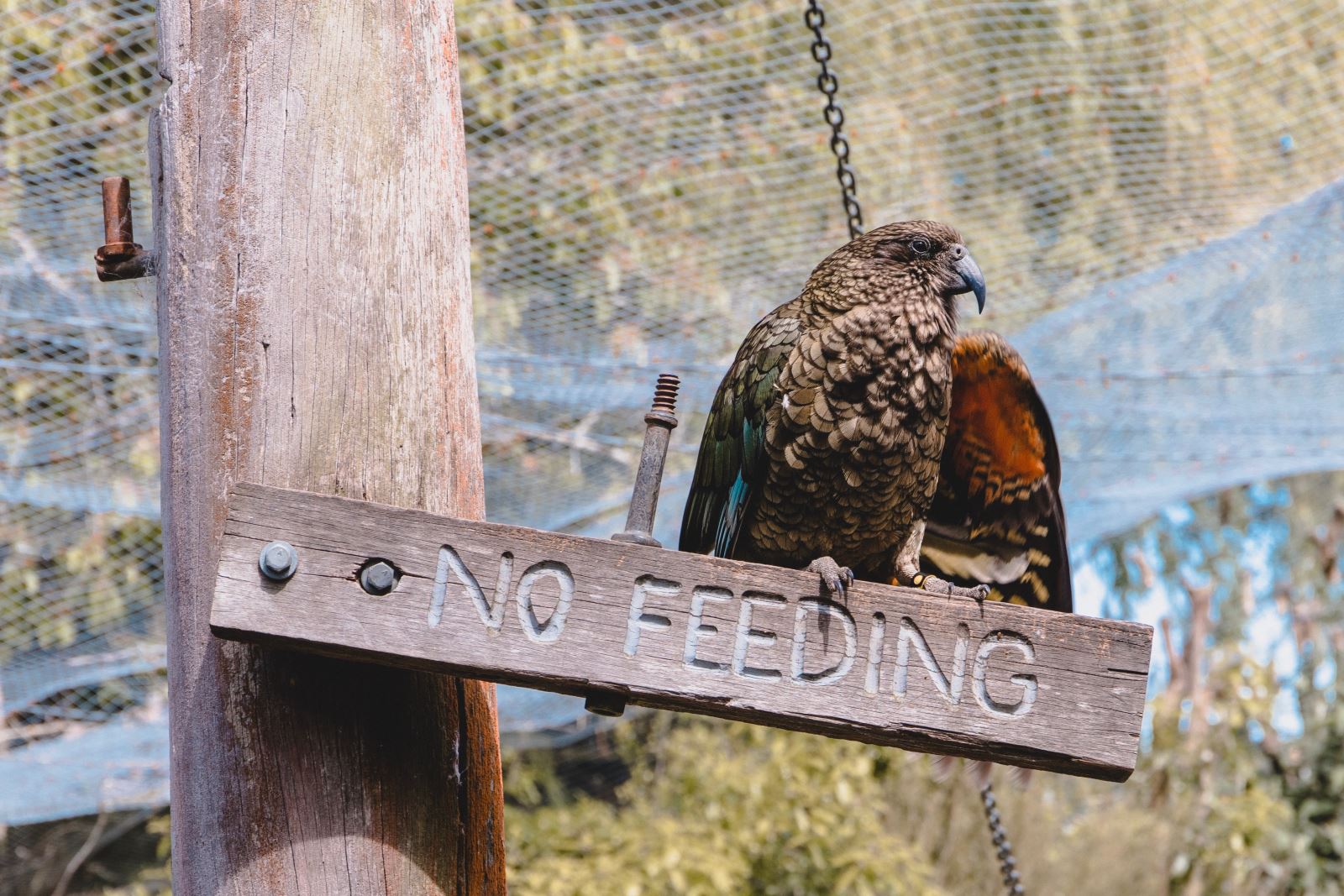Alpine
Alpine environments exist wherever a mountain reaches higher than the regional treeline. Separated by lowlands, these areas generally experience a more extreme climate i.e. colder temperatures and higher winds.

Alpine Habitats
Alpine habitats (or mountains) are where many birds, invertebrates, and lizards live. The high altitudes (heights) of the mountains have created conditions where several different plants and animals have adapted to living, including the rock wren, the only alpine parrot in the world (kea), as well as the only alpine gecko and alpine cicada. The mountains are where you can also find heaps of other invertebrates, as well as wild goats, deer, and pigs.
Incredibly, both alpine animals and plants have developed amazing traits and characteristics that allow them to survive in the harsh alpine environments. Plants tend not to grow tall so that they can protect themselves from the intense winds, and some animals have developed dark colourings so that they can preserve their heat in the cold conditions.
Alpine areas can be exciting places for people to visit, like NZ’s tallest mountain – the amazing 3,724 metre Mt Cook (Aoraki), but it’s important to remember that this is where lots of animals live all year round, so we need to be sure to not disturb them. Moreover, alpine habitats make up approximately 11% of New Zealand – we need to do what we can to ensure that these unique animal homes are protected.
Have a look below at the amazing taonga that make alpine habitats their home, what challenges they face, and how you can help!























.jpg)










